Join an online Q&A session with the Director of Student Success to explore what your experience as an IIDE student will be like. Register Now.

Updated on Aug 9, 2025
Share on:
About TESCO
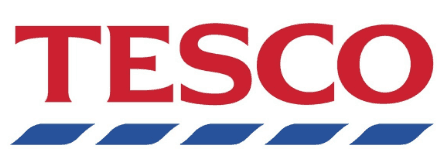
Tesco was founded in the year 1919 by Jack Cohen. It was initially a group of market stalls in Hackney, London. Its market share is around 28.4%. It is the 3rd largest retailer in the world measured by gross revenue.
Tesco Provides a wide range of products that include clothing, electronics, food beverages, financial services, etc. This ever-growing, product line caters to every potential need of its customer.
It has expanded into the online marketing sector and has been offering delivery services and music downloads besides the other 40,000 or more product lines that are retail stores exhibit.
Now that we know about it as a company, let us now take a look at the Marketing Mix of Tesco.
Marketing mix of Tesco
The concept “marketing mix” refers to a business foundation model, which is focused on the product, price, place, and promotion. The marketing mix is described as a group of marketing techniques that a firm uses to achieve its marketing objectives in the target market.
It thus holistically cover the marketing and business strategies surrounding a business. Let’s dive deeper into Tesco’s Marketing mix.
Let us first start by knowing the product strategy of Tesco.
1. Product strategy
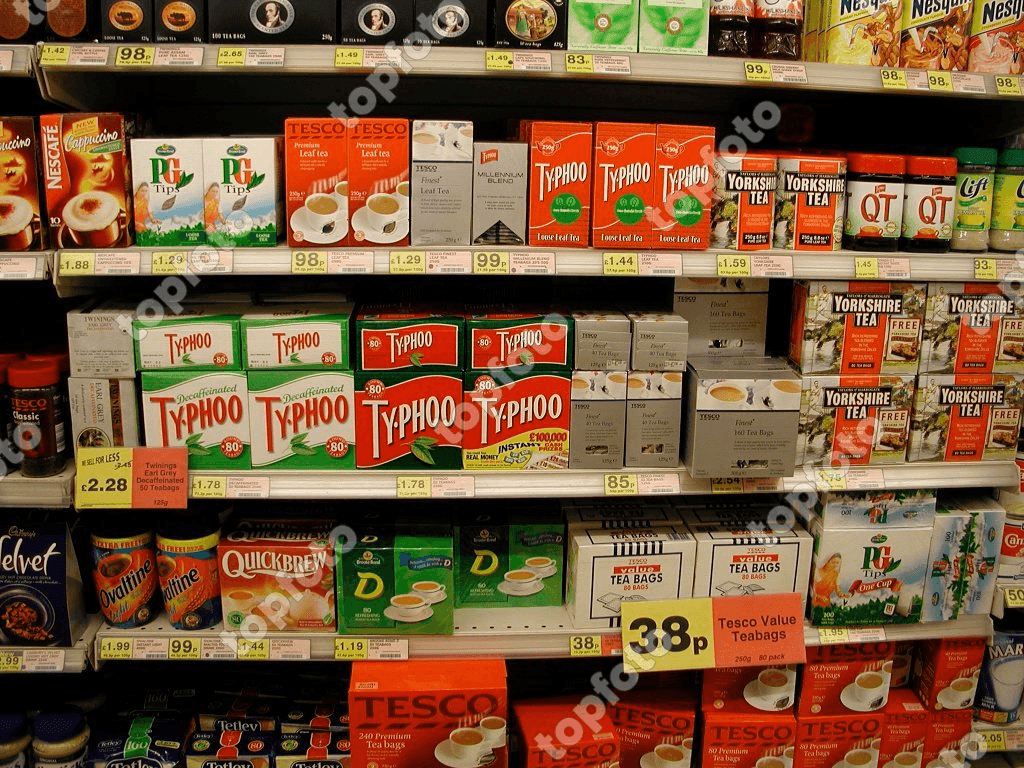
Within every category, Tesco provides a huge range variety of choices ranging from brand, regional produce, type, and international cooking in food that don’t leave the customer lacking when it comes to choice. It has its product too. It gets rid of great brands in almost every product line.
Everyday value, Tesco lotus, Tesco value, and F&F are some of Tesco’s brands. However, it is worth mentioning that ability of a range of product classes depends on the types of leads visits.
- Tesco Everyday value: Tesco is launching a new range brightly- package and brightly-priced food Under a new brand. It will contain no hydrogenated fats, no artificial flavours or colours, and no genetically modified ingredients.
- Tesco lotus: Lotus is a supermarket retail chain in Thailand since 2003. They offer food and sundry items.
- Tesco value: Tesco’s value brand originally began in 1993. Which distinctive blue and white striped packaging.
- Tesco F&F: F&F at Tesco is a fast-fashion brand. It is a Supermarket chain principally based in the UK. Tesco offers a Line of clothing within its stores, originally called Florence and Fred, and now called F&F.
The following products can be purchased from the supermarket chain likewise:
- Clothing & jewellery
- Technology & gaming
- Health & beauty
- Home electrical
- Entertainment & books
- Home appliances
- Baby & toddler
- Garden
- Toys
- DIY & Car accessories
Let us now look at the Pricing Strategy of Tesco.
2. Price Strategy
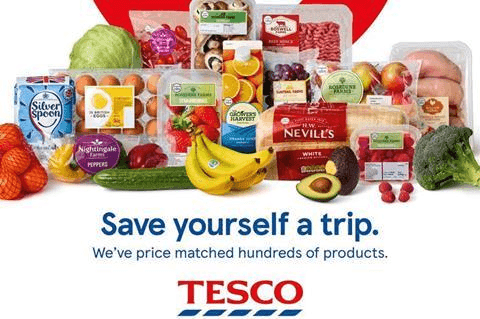
Source- Here
Tesco’s pricing strategy can be described as cost leadership. Its management aims to reduce the cost of purchase and operational costs through Economics of scale and a set of other measures to pass the cost advantage to customers as the main brand value.
In addition to this, uses a club card system to allow its customer to gather points of its purchases, which can be converted, to money at a later stage. This serves as the best price-promotional strategy of providing loyal and good customers with additional discounts. This kind of pricing master plan helps reduce prices further, thus increasing sales without affecting profits much.
Let us now see the Place Strategy of Tesco.
3. Place and Distribution Strategy
It has headquartered in Chestnut, Hertfordshire, England. Its stores are widely available in the world. It employs two main channels of distribution for its products and services with online and offline services. However, the favour for online sales channels in contrast to offline sales channels has been constantly increasing for the last few years.
Tesco’s study shows that all customers are not comfortable with big stores like Tesco extra nor it is possible to set up so many of them. Thus, it makes use of little stores for easier availability.
Now lastly we will see the Promotional Strategy of Tesco.
4. Promotions Strategy
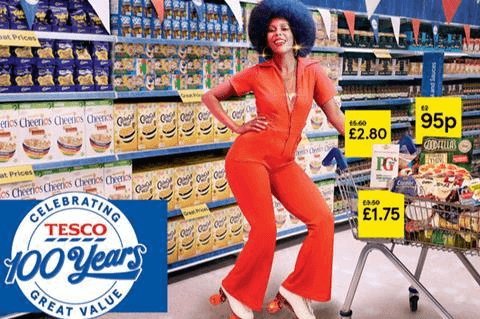
Source- here
Tesco is the gold standard in terms of advertising and branding. Its biggest advantage is its low prices, and this makes it different from other supermarkets chains. It has made use of TV advertisements, sponsors charitable events, offers propagative discounts, and many more.
From all these things they just focus on only one thing that is- its low prices. And it also provides attractive offers to the leads thus it is very easy for customers to find offers like “buy one get one free” or half price, etc., and feels like they saved so much money.
However, online purchases are cheaper than offline ones. But it doesn’t provide choices what they want. It becomes difficult to tempt customers into buying more stuff if they can’t see their choices.


Learn Digital Marketing for FREE

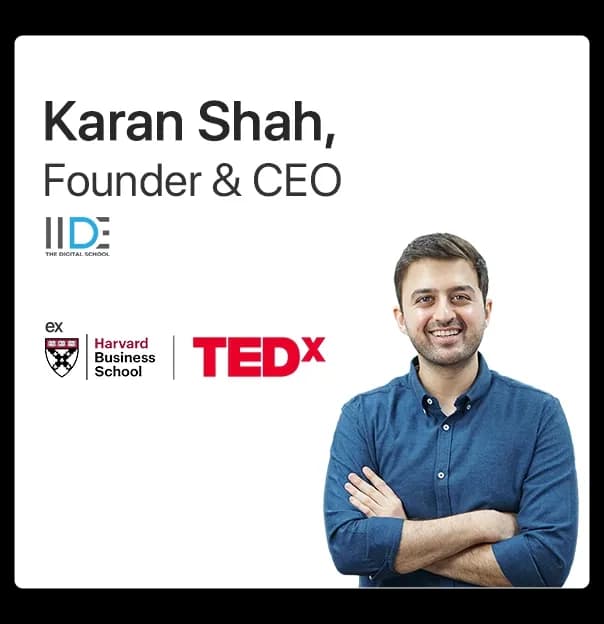
Conclusion
Tesco has branded its company as a go-to shopping station for its customers. Tesco applies contrasting strategies in the organization to make their business grow. It provides a wide range of products to serve its customers and get all its necessities in one palace. Its main aim is to attract customers and keep the loyal leads attached to the company by giving them points which they can claim later as money.
It has distributed its branches in a wide area and has been controlling it efficiently. It uses two-channel distribution for its product supply. Tesco has invested a large amount of money in its information technology improvement due to which it has helped to improve its sales and get an advantage over its competitors.
Wasn’t it interesting to know Tesco’s marketing mix? Learn how to market your brand online using digital marketing check our website for more information. Also, you can check out Free Digital Marketing Masterclass by IIDE to understand what digital marketing is all about.
Thank you for taking the time to read this case study and learning about Tesco’s marketing mix. Let us know your thoughts on this blog in the comment section below. If you like our blog then do share it with your friends.
Want to Know Why 2,50,000+ Students Trust Us?
Dive into the numbers that make us the #1 choice for career success

MBA - Level
Post Graduate in Digital Marketing & Strategy
Best For
Fresh Graduates
Mode of Learning
On Campus (Mumbai & Delhi)
Starts from
Jan 5, 2026
Duration
11 Months
Live & Online
Advanced Online Digital Marketing Course
Best For
Working Professionals
Mode of Learning
Online
Starts from
Jan 5, 2026
Duration
4-6 Months

Online
Professional Certification in AI Strategy
Best For
AI Enthusiasts
Mode of Learning
Online
Duration
5 Months

Offline
Undergraduate Program in Digital Business & Entrepreneurship
Best For
12th Passouts
Mode of Learning
On Campus (Mumbai)
Duration
3 Years
Recent Post
Aditya Shastri leads the Business Development segment at IIDE and is a seasoned Content Marketing expert. With over a decade of experience, Aditya has trained more than 20,000 students and professionals in digital marketing, collaborating with prestigious institutions and corporations such as Jet Airways, Godrej Professionals, Pfizer, Mahindra Group, Publicis Worldwide, and many others. His ability to simplify complex marketing concepts, combined with his engaging teaching style, has earned him widespread admiration from students and professionals alike.
Aditya has spearheaded IIDE’s B2B growth, forging partnerships with over 40 higher education institutions across India to upskill students in digital marketing and business skills. As a visiting faculty member at top institutions like IIT Bhilai, Mithibai College, Amity University, and SRCC, he continues to influence the next generation of marketers.
Apart from his marketing expertise, Aditya is also a spiritual speaker, often traveling internationally to share insights on spirituality. His unique blend of digital marketing proficiency and spiritual wisdom makes him a highly respected figure in both fields.